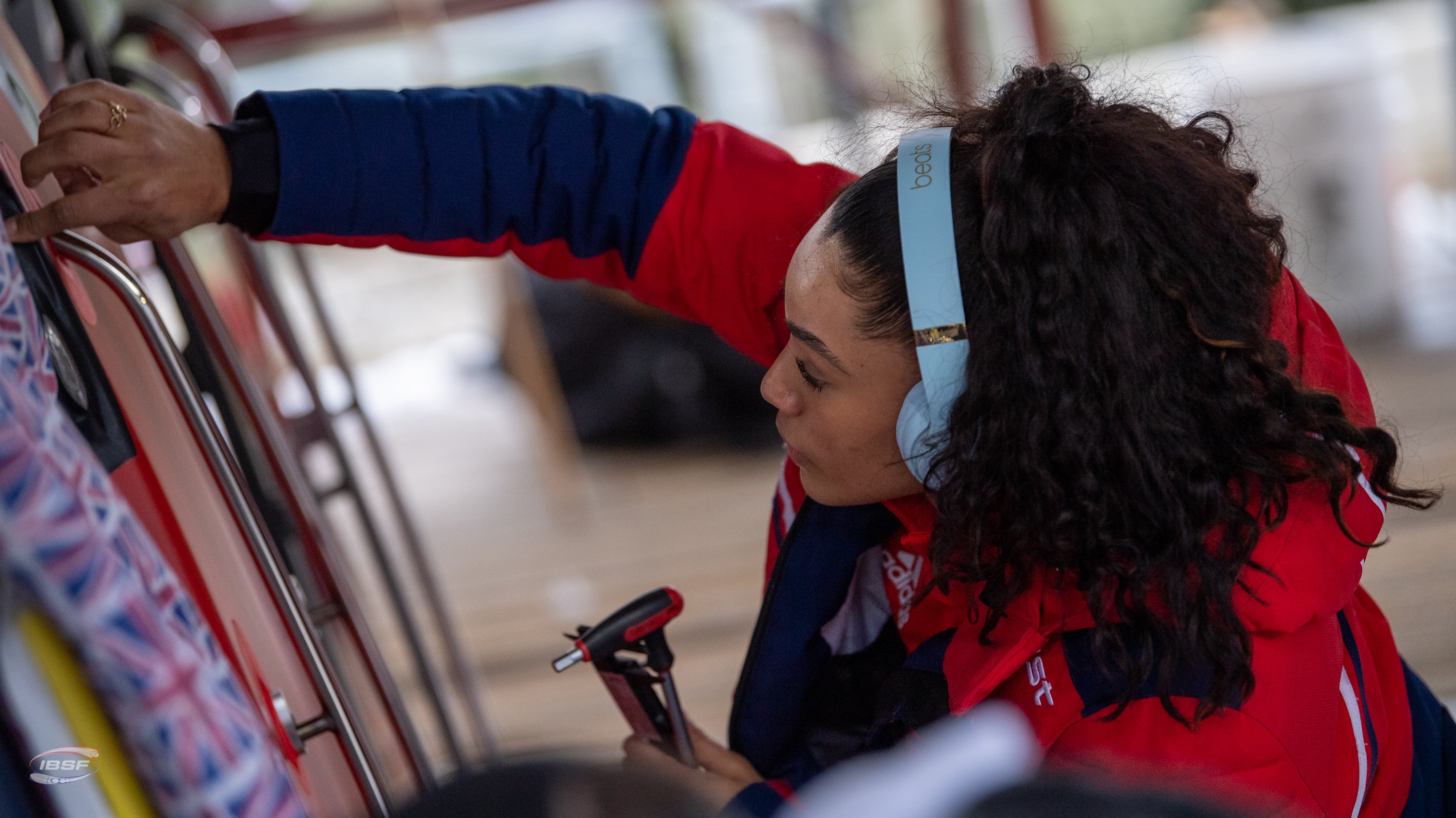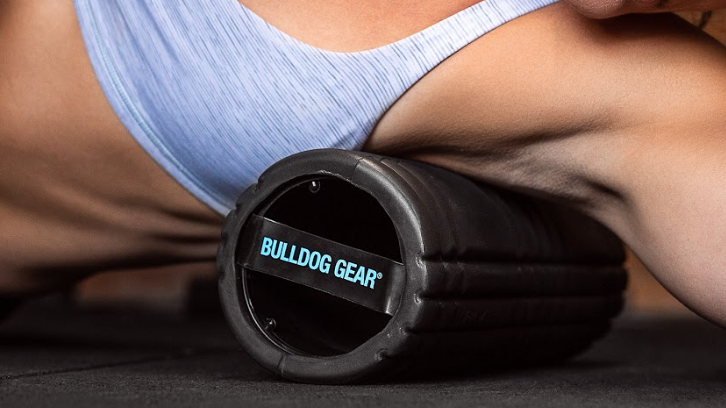Olympic lifting has never received mainstream recognition. Feared and revered it’s thought to be a specialist training protocol of the giant iron monsters that used to dwell being the Iron Curtain. But studies show embracing this ancient practice could be the best thing you do in your training this year. Both in terms of athletics and aesthetics. This is because large muscle fibre development, gigantic quads, impressive traps and a sub 10% body fat — when partnered with the right diet — are all very welcome bi-products of this age-old training method. Here we explain the science so you can decide when a Power Clean, Front Squat, Snatch and Jerk has a place in your routine.
The Basics of Olympic-Style Lifting:
So explained as simply as possible, Olympic-Style lifting is a weight training discipline where you put the most amount of weight possible (in the form of a barbell) above your head. It’s that simply. The first world champion was a man called Edward Lawrence Levy who won the World Weightlifting Competition in 1981. He was an Englishmen by the way.
It then featured in the early Olympics and evolved under the International Olympic Committee into the format we see today. This includes two competition lifts; the snatch and the clean and jerk. Very different to the “one handed” and “two handed” lifting format of the early competitions competed in by the likes of Edward Lawrence Levy.
But enough of the history lesson. How will this form of training make you a stronger and better looking athlete?
Anabolic Hormonal Response
Firstly and most notably, the large, heavy compound nature of Olympic lifting sends your anabolic, muscle building hormones through the roof. Something scientists from the Department of Sport and Exercise Science at the University of Auckland, New Zealand set out to analyse. In a study entitled, “Unique aspects of competitive weightlifting: performance, training and physiology” they stated that during snatch and clean and jerk elite level lifters, “have achieved some of the highest absolute and relative peak power outputs reported in the literature.”
As a result the powerful and intense nature of Olympic Lifting has been shown to produce similar spikes in testosterone and growth hormone that are experienced during large, compound bodybuilding type training. An idea also supported by researchers from the Institute of Biomedical Engineering at the Imperial College of London who reported a direct correlation between spikes in anabolic hormones and 1 rep. max lift in Olympic Lifters.
Specific Muscle Fiber Development
There are two kind of muscle fibres in the human skeletal muscle. These are Type I fibres or slow twitch fibres and Type II fibres (which can be further subdivided into Type IIa and Type IIb) which are know as fast twitch. Type I fibres are needed for endurance training. They have a slower contractile speed and a smaller cross-sectional area. Not good for filling out your t-shirt.
Type II muscle fibres have a faster-contractile speed and a much larger cross-sectional area. You basically want lots of these when trying to lift heavy in the gym since they’re responsible for generating power and also their larger cross-sectional size look better on the beach. So how do you develop these? The simply answer is Olympic Lifting.
This is because research conducted at the University of Memphis Tennessee, USA, found that, “when competitive lifters were compared, those typically utilising the heaviest loads (90% of their 1 rep max. Or higher), that is weightlifters and power lifters, exhibited a preferential hypertrophy of type II fibres when compared with bodybuilders. This data suggests that maximal hypertrophy occurs with loads from 80-95% 1 rep max.”
References:
- C Fry (2004) “The role of resistance exercise intensity on muscle fibre adaptations.” Sports Medicine, 2004; 34 (10):663-79.
- Häkkinen K,Komi PV and Alén M (1985) “Effect of explosive type strength training on isometric force- and relaxation-time, electromyographic and muscle fibre characteristics of leg extensor muscles.” Acta Physiologica Scandinavica, 1985 Dec; 125 (4):587-600.
- Storey A and Smith HK (2012) “Unique aspects of competitive weightlifting: performance, training and physiology.” Sports Medicine.2012 Sep 1;42(9):769-90
- Crewther BT,Heke T and Keogh JW (2011) “The effects of training volume and competition on the salivary cortisol concentrations of Olympic weightlifters.” Journal of Strength Conditioning Research. 2011 Jan;25(1):10-5.
- Mujika I, Padilla S, Pyne D, Busso T (2004) ‘Physiological changes associated with pre-event taper in athletes.’Sports Medicine 34(13):891–927.



Comments
“The first world champion was a man called Edward Lawrence Levy who won the World Weightlifting Competition in 1981.”
1981?
;)